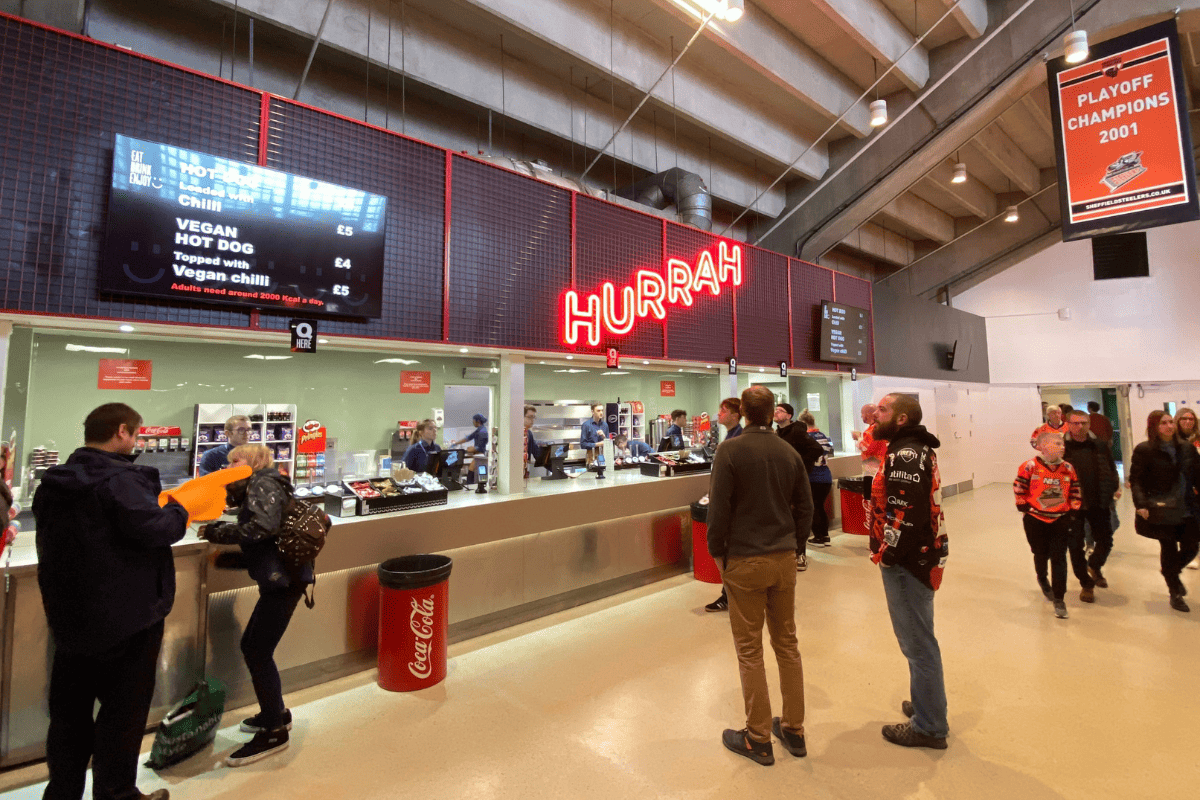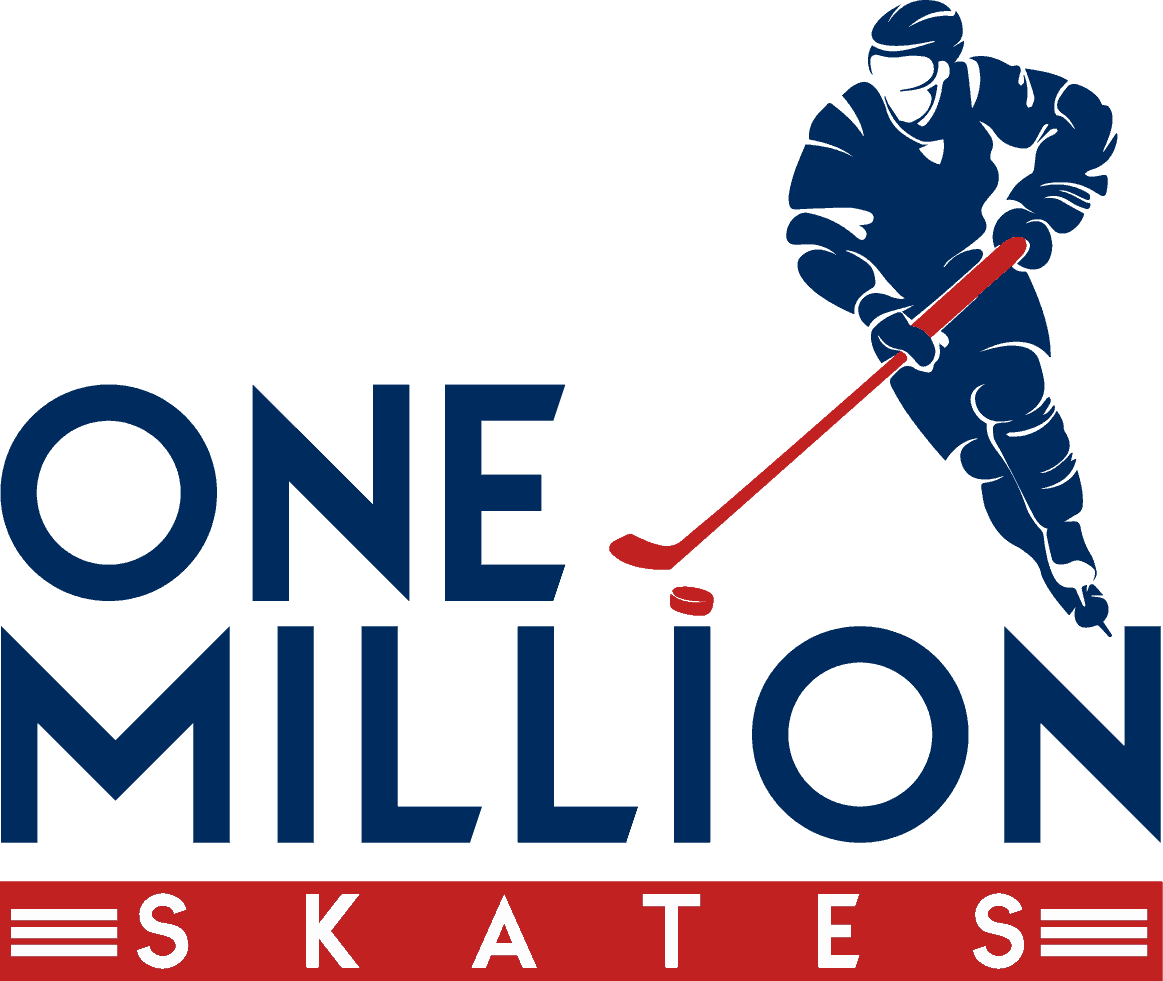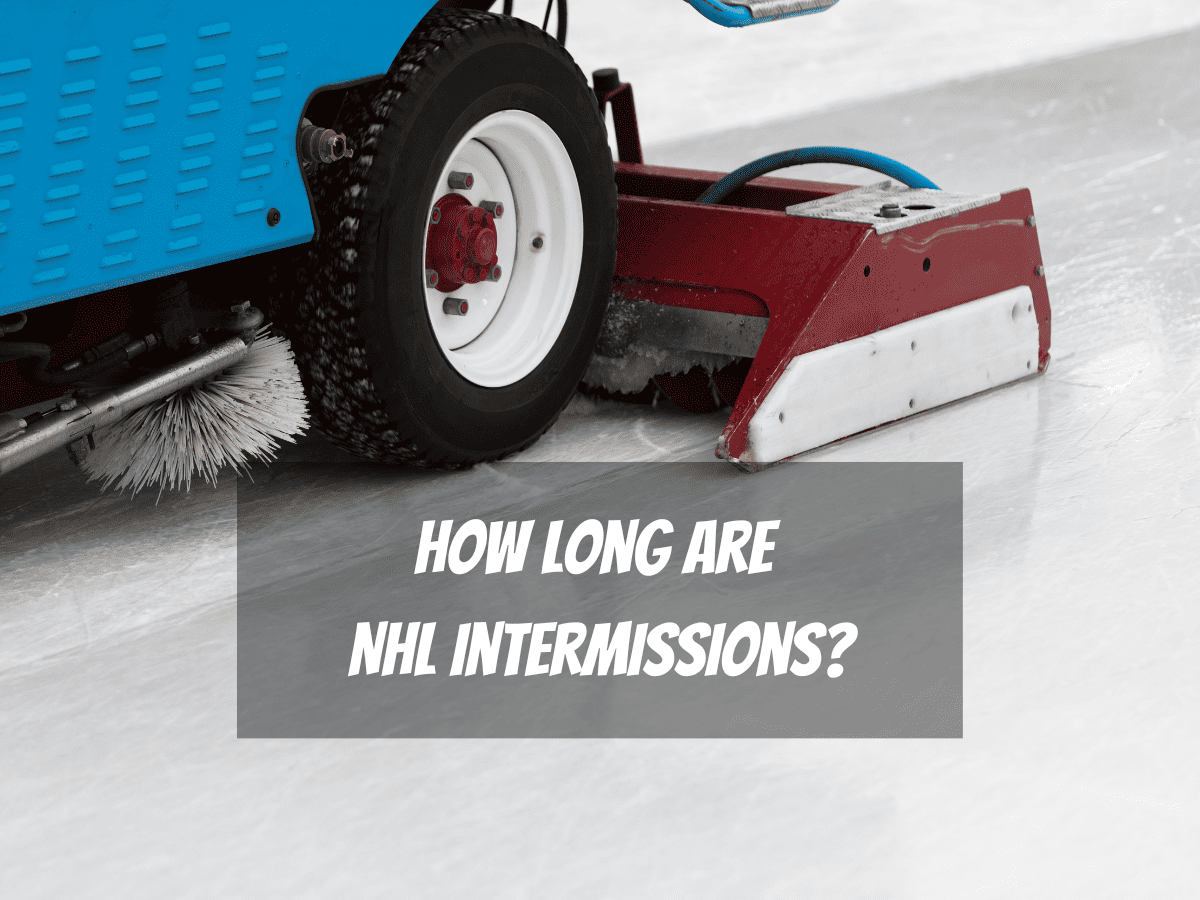NHL intermissions were originally incorporated between periods to not only resurface the ice but also provide players, coaches, and spectators with valuable breaks.
As the popularity of NHL games grew, intermissions became an opportunity for broadcasters to engage viewers with in-depth analysis and advertisements.
In this article, we will delve into the duration and significance of NHL intermissions, clarifying common queries and shedding light on interesting facts. Let's dive into the details.
How Long Are NHL Intermissions?
For all NHL regular season games, intermissions have a duration of 18 minutes. These intermissions take place at the conclusion of the 1st and 2nd periods. However, during the playoffs, the intermissions preceding overtime periods are reduced to 15 minutes.
It is important to note that there are no intermissions before regular season overtime or subsequent shootouts. Despite occasional mentions of 15- or even 17-minute intermissions, the 2022-23 NHL rulebook (section 77.2) clearly specifies the duration as 18 minutes.
Why Does Hockey Have Intermissions?
As the game has developed NHL intermissions have become important for the following reasons.
Resurfacing the Ice
One of the primary reasons for the 18-minute intermissions is to resurface the ice, ensuring optimal playing conditions for the teams. During this time, the Zambonis, which are specialized ice resurfacing machines, make their appearance on the rink.
Typically, there are two Zambonis employed to clean the ice thoroughly. Following their cleaning, the ice cleaning crew mops away any remaining puddles and facilitates the drying process. This meticulous maintenance ensures a smooth and safe playing surface for the athletes.
Player Breaks and Team Regrouping
NHL Intermissions provide a crucial opportunity for players and coaches to regroup and strategize. Players are returned to their respective dressing rooms, allowing them to rest and rejuvenate before the next period.
Coaches take advantage of this break to analyze the game's progress, discuss tactics, and make any necessary adjustments to their team's strategy. These intermissions serve as vital intervals for the players to recover physically and mentally, enhancing their performance in subsequent periods.
Spectator Breaks: Food, Beverages, and Bathrooms

Not only do NHL intermissions benefit the players and teams, but they also cater to the needs of enthusiastic spectators.
Given that NHL games typically last 2.5+ hours in real-time, intermissions allow fans to replenish their food and beverage supplies. Many spectators enjoy consuming alcoholic beverages during the game, making bathroom breaks an essential aspect of the intermission experience.
Anyone who has attended a hockey game can attest to the bustling crowds in the stadium's restrooms during intermissions, emphasizing the significance of these breaks for the spectators.
Advertisements and Entertainment
For viewers watching the game from the comfort of their homes, the NHL utilizes intermissions as a prime opportunity to showcase advertisements and promote their sponsors.
These advertisements supplement the scheduled TV timeouts that occur during each period. Networks typically aim to incorporate 15 minutes of commercials per hour, primarily broadcasting them during intermissions. This marketing strategy allows the NHL to generate revenue while providing viewers with additional entertainment during the breaks.
When Does An Intermission Start?
It is worth noting that the intermission officially begins once the last official, typically a referee, leaves the ice. This means that the countdown for the intermission clock commences only after all players and officials have exited the playing surface.
Contrary to popular belief, the game clock reaching 00:00 does not mark the start of the intermission. This rule accounts for instances where teams engage in altercations at the end of a period, which may result in penalties being called. Understanding this technicality offers insight into the precise timing of intermissions.
Evolution of NHL Intermissions
The history of NHL intermissions reflects the league's commitment to enhancing the game and accommodating the needs of players, teams, and fans. Initially, during the 1927-28 season, NHL games featured 3 periods of 20 minutes each, with 10-minute intermissions. In the 1947-48 season, sudden death overtime periods were introduced, accompanied by 10-minute intermissions.
As the years progressed, intermissions were extended to 15 minutes starting from the 1966-67 season. These intermissions lasted either 17 minutes for nationally televised games or a minimum of 15 minutes and 30 seconds for all other games.
Eventually, the league settled on 18-minute intermissions after the 1st and 2nd periods. During the regular season, a short 2-minute intermission precedes the 5-minute overtime period. In playoff games, intermissions after the 3rd period are 15 minutes in length, aligning with the sudden-death nature of overtime periods.
For a comprehensive overview of the changes made to NHL intermissions, including other updates, please refer to the official source here.
Final Thoughts
Throughout the course of this article, we have explored various aspects of NHL intermissions, aiming to provide readers with a comprehensive understanding of their duration and purpose.
The intermissions' duration of 18 minutes during regular season games serves multiple crucial functions. It allows for the resurfacing of the ice, offers players an opportunity to rest and regroup, provides spectators with time to refresh themselves, and serves as a platform for advertisements and entertainment.
Furthermore, we have examined the historical progression of intermissions, highlighting the league's dedication to optimizing the game experience for all stakeholders.
As an ardent hockey fan, I was pleasantly surprised to discover the nuances associated with intermissions, such as the precise commencement time and the referees' return preceding the subsequent period. These finer details add depth to the overall viewing experience, further enhancing the passion and enjoyment that hockey enthusiasts derive from the game.
Remember to stay tuned for more exciting updates and informative articles. Whether you're a die-hard hockey fan or simply intrigued by the intricacies of the sport, we will continue to bring you engaging content that delves into the fascinating world of the NHL.
Thank you for joining us on this exploration of NHL intermissions. We hope you found this article informative and engaging. Stay tuned for more enlightening content as we continue to delve into the captivating world of hockey.

